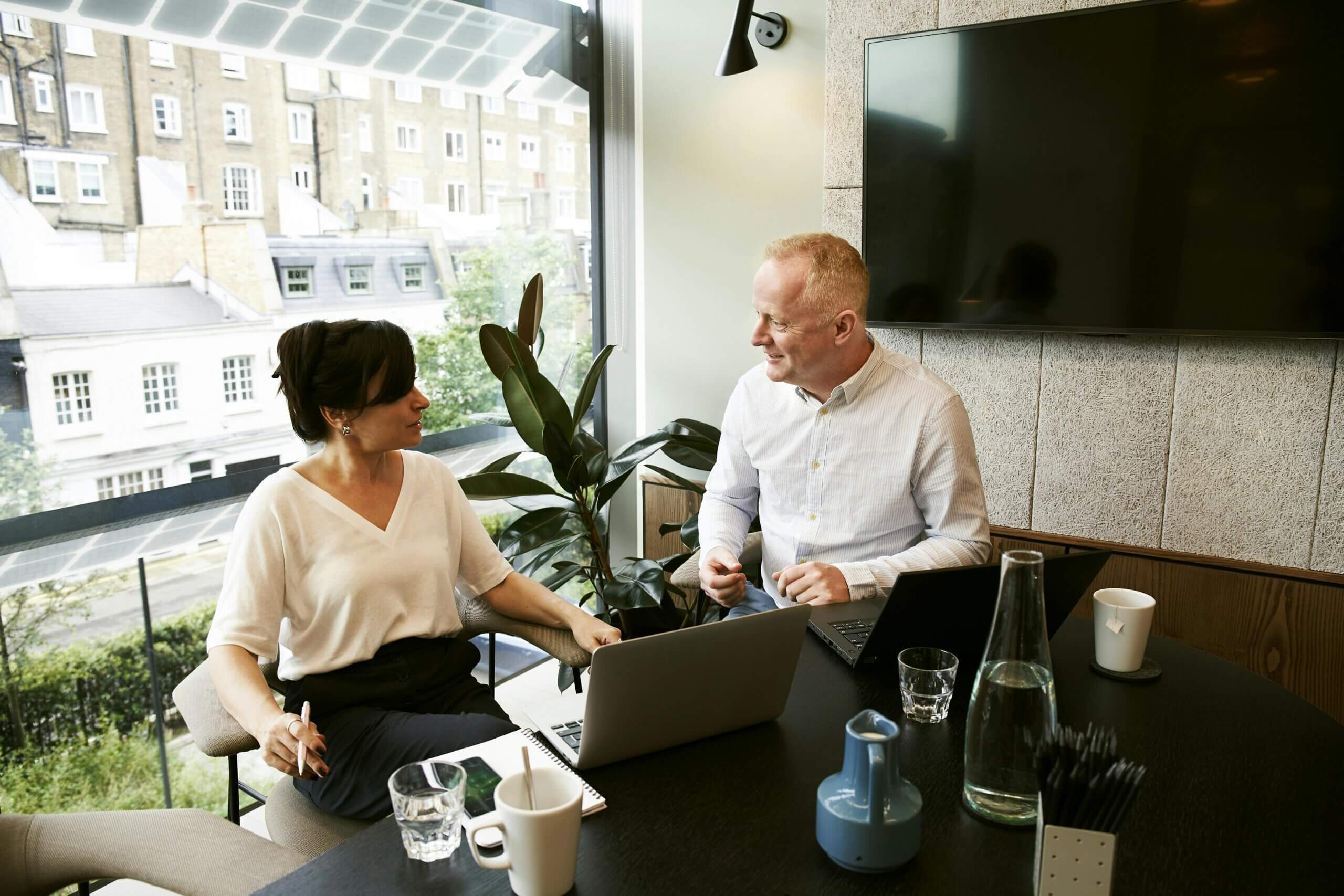Editing is a way to tell your story and make it more exciting and engaging for the viewer.
Editing can be used to highlight certain parts of the video and play with the audience’s emotions.
In this article, we will discuss some helpful tips on video editing, which you most likely did not know about yet.
The Power Of Video Editing
Editing provides you with a unique opportunity to tell your story, making your video more exciting and engaging by adding sound effects or music, changing the pace of the video, or cutting out parts that aren’t necessary. It’s also important because it shows off your creativity as a filmmaker. You get to decide what goes into your film and how it’s presented.
There are many different types of editing, but the two most common are linear and nonlinear.
Linear editing is done on a computer using an editing program like Final Cut Pro or Adobe Premier. It allows you to move around footage chronologically, cutting out sections and rearranging them until you have the perfect video.
Nonlinear editing is when you use your camera’s hard drive as a source for your film instead of transferring it onto your computer first. This method allows for more flexibility because you can access any tape part anytime.
However, no matter what type of editing you want to go by, there are some valuable tips you need to follow if you want your editing to be easier and more effective.
6 Simple Yet Effective Tips On Video Editing
1. Start with a storyboard
Before you start editing, draw up your storyboard. The storyboard is a visual guide to your video and should be used as a map of the video.
It should include the following components:
- A list of scenes
- Shot lists and screen directions
- Character biographies
- Any props or costumes that are required for a particular scene
- A rough cut of the video
- A list of music and sound effects
Having a storyboard will save you time and energy, making the editing process more straightforward.
2. Use the best video editing tools
When it comes to video editing, there are several different software programs out there that can help you achieve your goals. Choose the one that makes sense for you and has enough features to make editing easier.
Consider things like:
- A user-friendly interface
- What you want to achieve
- Your budget
- Advanced editing features
- Professional effects and transitions
- The ability to create titles, graphics, and logos
Once you’ve chosen your video editing software, read how it works. Then, take some time to get comfortable with the tools available so that you can confidently put together a well-crafted video.
Remember, you should always use the best tools for the job. The programs you choose can make or break your video editing experience, so finding the ones you like and are comfortable using is essential.
3. Keep it short and relevant
If you are making a video to market your product or service, keep the video as short as possible. Too much unnecessary footage can bore your audience and make them switch off the screen. You should only include footage supporting your story, not just fill space with irrelevant material.
Also, keep your video relevant and timely. Your audience does not have time to watch a boring video. If your video is about a product, then you should focus on how that product will improve your customers’ lives.
If it’s about service, show how it can solve their problems or make their lives easier. Keep in mind that people are more likely to watch videos if they are relevant to them at that time. So, remove needless footage that does not add value to your video.
5. Find and add the right colors
If you want to find the right balance between colors, use a color palette. A color palette is a set of shades and hues that can be used in a video editing program. It’s like having your own design kit at your disposal! You can create one, add some folders for each shade you want in your palette, and name them according to their color family (i.e., reds).
If you don’t have time for all this work or simply don’t feel like doing it yourself, then hire the best freelance photo editors. They know what they’re doing when it comes down to creating palettes out of photos’ colors or videos’ highlights so that everything looks exactly how you want it to.
You need to focus on color grading because it will make a massive difference in your videos. It can bring out the best of what you have, providing an exciting look that captures viewers’ attention and keeps them glued to the screen.
So, don’t forget color palettes, as they are essential in achieving great results with video editing.
-
Pick music carefully
You should pick music that fits the mood of your video. You can find royalty-free music that doesn’t require a license, but make sure it’s at least 90 seconds long and in the same key as your video.
The best choice is instrumental because lyrics distract viewers from what you are trying to say with your message or product.
Next, you want to pick a song that is licensed. Most websites have a search tool to find tracks with the license you need. Again, using the right music will help you to create a cohesive and professional-looking video.
Finally, don’t forget to pay attention to the sound effects. They can add something extra to your video, making it even more interesting for viewers. However, remember that sound effects should be used sparingly – otherwise, they may distract from your message or product.
6. Don’t forget to back up
As a video editor, it is essential to always have a backup of your work. However, if you want to be extra safe, use multiple methods for backing up your videos. One option is using a cloud service like Dropbox or Google Drive that allows you to sync files across different devices without having physical copies on each device.
Another solution would be an external hard drive to store all your projects and work from there if something happens with one computer or hard drive. This will ensure that all your hard work won’t go to waste.
Conclusion
To sum up, there are many things to consider when editing your video, and it can be challenging to figure out what exactly you need. But don’t worry! With this article, you’ve learned about what goes into creating an incredible final product.





